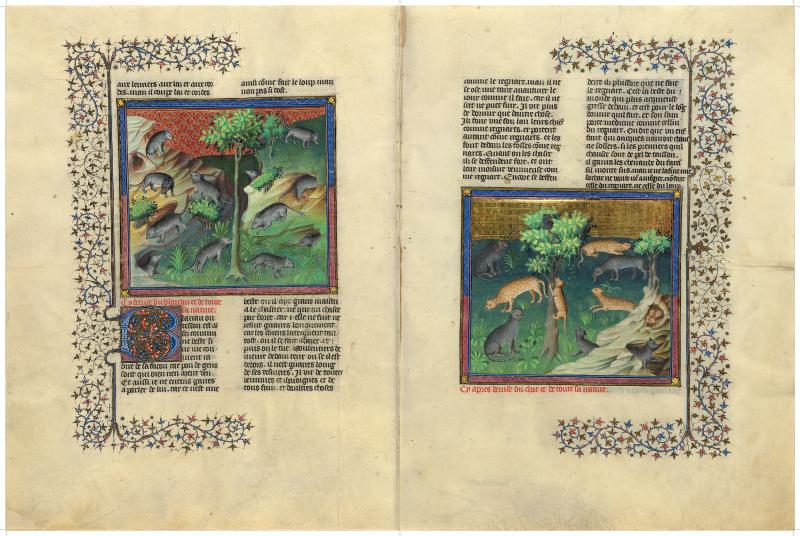
Gaston III Phœbus, Count of Foix
1331–1391
Livre de la chasse
ca. 1406–1407
Paris, France
381 x 290 mm
MS M. 1044
Bequest of Clara S. Peck, 1983
